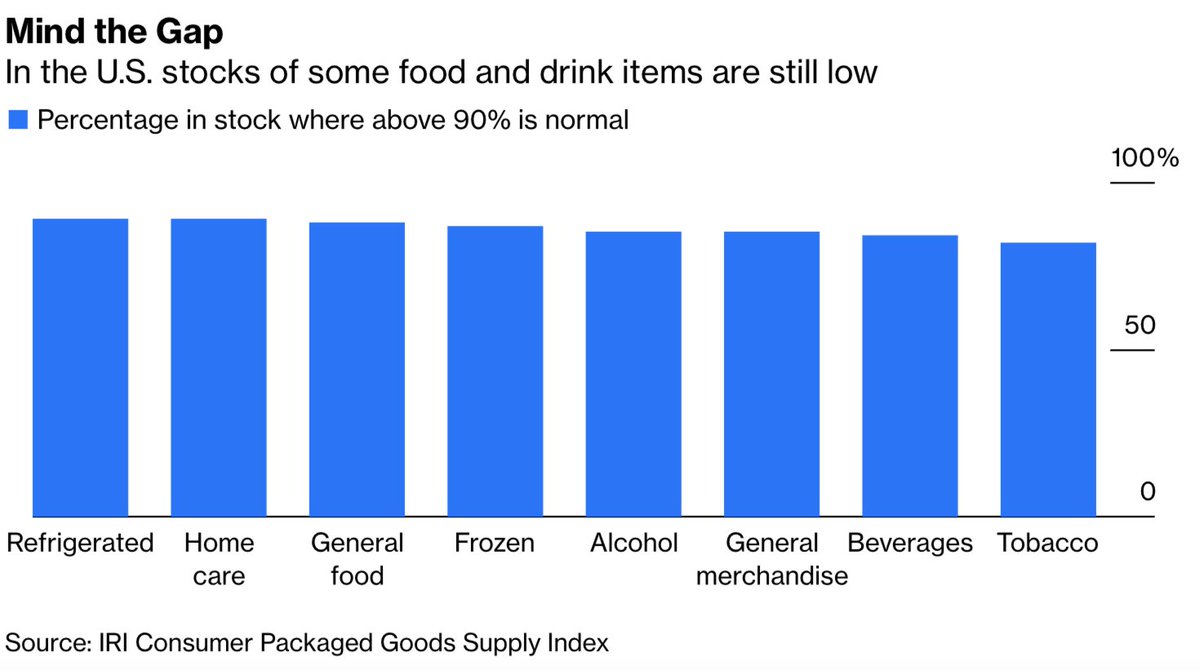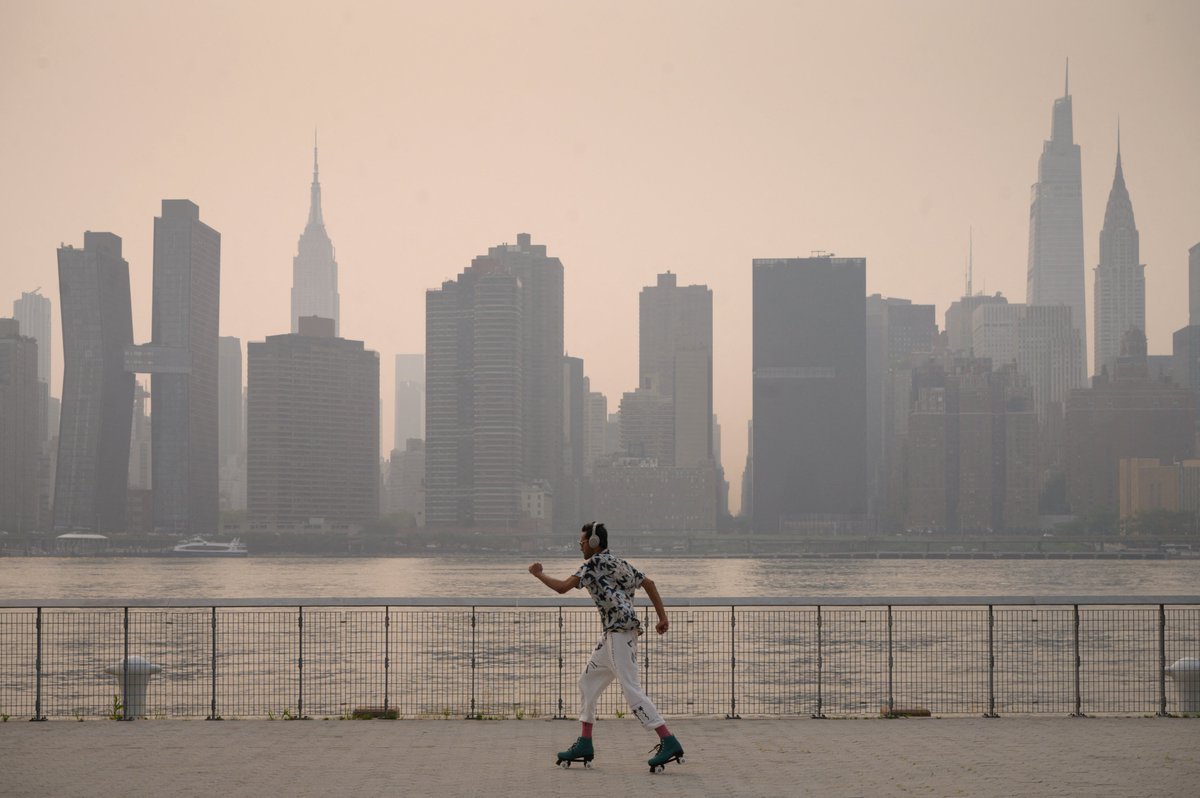
💉 Vaccine mandates work.
Despite people protesting they would rather be unemployed than vaccinated, the vast majority of people subject to mandates are quietly getting shots instead of quitting trib.al/83xUCov
Despite people protesting they would rather be unemployed than vaccinated, the vast majority of people subject to mandates are quietly getting shots instead of quitting trib.al/83xUCov
Just ask New York Governor Kathy Hochul, whose state gave roughly 600,000 health care workers until this past Monday to get a Covid-19 jab or lose their jobs.
They have chosen to stay trib.al/PcDzswR
They have chosen to stay trib.al/PcDzswR

Hochul enforced Covid-19 vaccine mandates and set up a command center to monitor hospital staff shortages.
She allowed retired health care workers, out-of-state medical professionals and others to provide care. So far, none have been needed trib.al/PcDzswR
She allowed retired health care workers, out-of-state medical professionals and others to provide care. So far, none have been needed trib.al/PcDzswR

Thousands got their Covid-19 shots.
87% of New York’s hospital workers were fully vaccinated.
About 92% of hospital staff have received at least one dose, as have 92% of nursing home workers and 89% of adult care workers trib.al/PcDzswR
87% of New York’s hospital workers were fully vaccinated.
About 92% of hospital staff have received at least one dose, as have 92% of nursing home workers and 89% of adult care workers trib.al/PcDzswR

It may be too soon to say that workers in every sector of the economy across a country as regionally diverse as the U.S. will respond to vaccination deadlines in the same way.
Covid-19 has taught that it pays to be humble about pandemic forecasting trib.al/PcDzswR
Covid-19 has taught that it pays to be humble about pandemic forecasting trib.al/PcDzswR

Mandates for health care workers are being imposed outside of New York, too.
The biggest assisted-living network in New England, Benchmark Senior Living, enforced Covid vaccine mandates over the summer for its roughly 6,000 employees.
Few of them quit trib.al/PcDzswR
The biggest assisted-living network in New England, Benchmark Senior Living, enforced Covid vaccine mandates over the summer for its roughly 6,000 employees.
Few of them quit trib.al/PcDzswR

Houston Methodist, a Texas hospital network that employs about 25,000 workers, issued a mandate and lost about 150 workers.
ChristianaCare, a Delaware nonprofit hospital operator that employs more than 12,000 people, has seen about 150 employees depart trib.al/PcDzswR
ChristianaCare, a Delaware nonprofit hospital operator that employs more than 12,000 people, has seen about 150 employees depart trib.al/PcDzswR

In health care more than in most sectors of the economy, workers need to be vaccinated to protect patients as well as themselves.
Laying off noncompliant workers is strong medicine. But more of it may be needed to establish a strong defense against Covid trib.al/PcDzswR
Laying off noncompliant workers is strong medicine. But more of it may be needed to establish a strong defense against Covid trib.al/PcDzswR
• • •
Missing some Tweet in this thread? You can try to
force a refresh
















